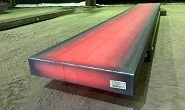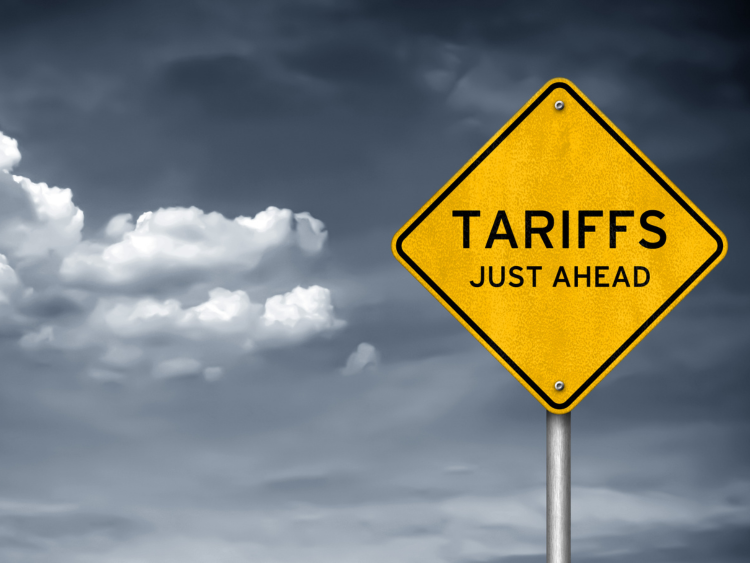Trade Cases

Trump Tightens Quota on Slabs from Brazil
Written by Tim Triplett
September 1, 2020
The Trump administration has announced a tightening of Brazil’s steel quota that will sharply reduce the tonnage of steel slabs imported into the U.S. for the rest of the year.
“In light of recent deterioration in market conditions brought on by the COVID-19 pandemic affecting domestic steel producers, the United States has deemed it necessary to reduce the remaining quota for Brazilian semifinished steel products for the remainder of 2020 to 60,000 metric tons, down from 350,000 tons, but will maintain existing quotas for other steel products,” said U.S. Trade Representative Robert Lighthizer. “The United States will hold consultations with Brazil about the semifinished steel quota for 2021 in December, by which time we hope market conditions will have improved.”
In 2018, Brazil agreed to a quota covering 70 percent of the country’s average finished steel exports to the U.S, in addition to a 100 percent quota on semifinished exports, including slabs and billets. The arrangement granted the country immunity from the 25 percent Section 232 tariff. So far, the country’s annual quota of 3.5 million metric tons of Brazilian semifinished steel remains unchanged for 2021.
The administration’s move to curb imports was endorsed by the American Iron and Steel Institute. “We appreciate the efforts of the administration to address steel import issues affecting American producers during this difficult time when the market for steel has declined significantly due to COVID-19,” said Kevin Dempsey, AISI interim president and CEO. “While we are seeing some modest recent improvement in market conditions, the industry continues to face significant challenges due to the sharp drop in demand this year as a result of the pandemic. So far in 2020, raw steel production is down 20 percent compared to the same period last year and steelmaking capacity utilization has only averaged approximately 66 percent, compared to nearly 81 percent during the same period last year. These difficult conditions make the industry even more vulnerable to surges in imports.”
(Editor’s note: See Leibowitz on Trade for further commentary on this subject.)

Tim Triplett
Read more from Tim TriplettLatest in Trade Cases

Price on Trade: The foolishness of free trade with controlled economies
It was only a matter of time before a shutdown happened. And, no, we aren’t talking about the federal government’s lapse in appropriations. On Oct. 9, Beijing announced a series of restrictions that will effectively shut down exports of rare earth elements, magnets, and certain downstream products vital to advanced manufacturing.

Trump pulls plug on trade talks with Canada after anti-tariff Reagan ad
US President Donald Trump took to social media late Thursday night to announce he was canceling trade talks with Canada.

Leibowitz: Renewed trade war with China over rare earths
On Oct.10, President Trump announced major increases in tariffs on Chinese goods. The trigger was a new regime of export controls on rare earth metals and products using those elements, including magnets, capital equipment, and catalysts for catalytic converters in cars and trucks.

Industry piles on new Section 232 steel derivative inclusion requests
The Department of Commerce received 97 submissions from producers, manufacturers, and groups seeking Section 232 tariff coverage for steel and aluminum derivative products.

Price on Trade: New EU steel tariffs don’t mean the US should weaken its stance
Any steel imports into the EU that exceed the new, lower quota level would be subject to a 50% tariff, which represents a major increase from the EU’s current 25% out-of-quota tariff. This move would largely align the EU’s steel tariff rate with Canada and the United States.
